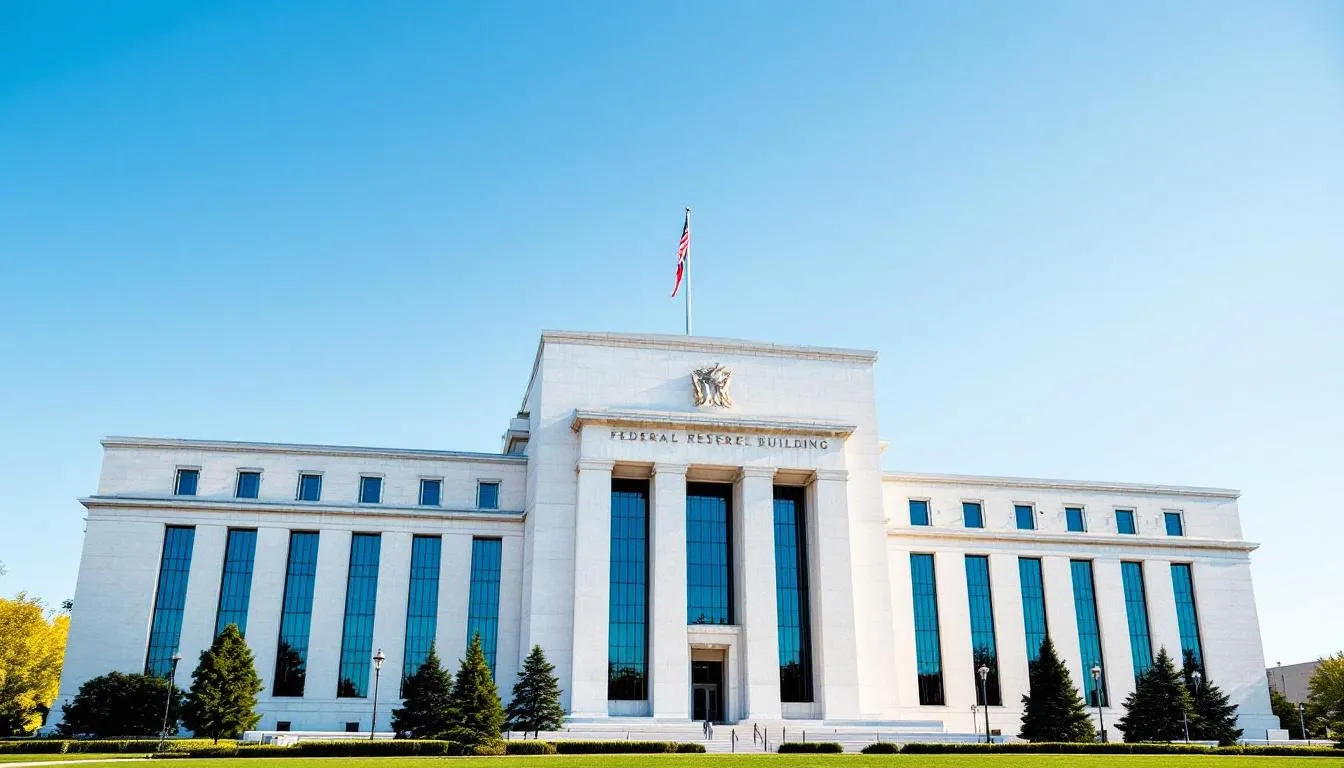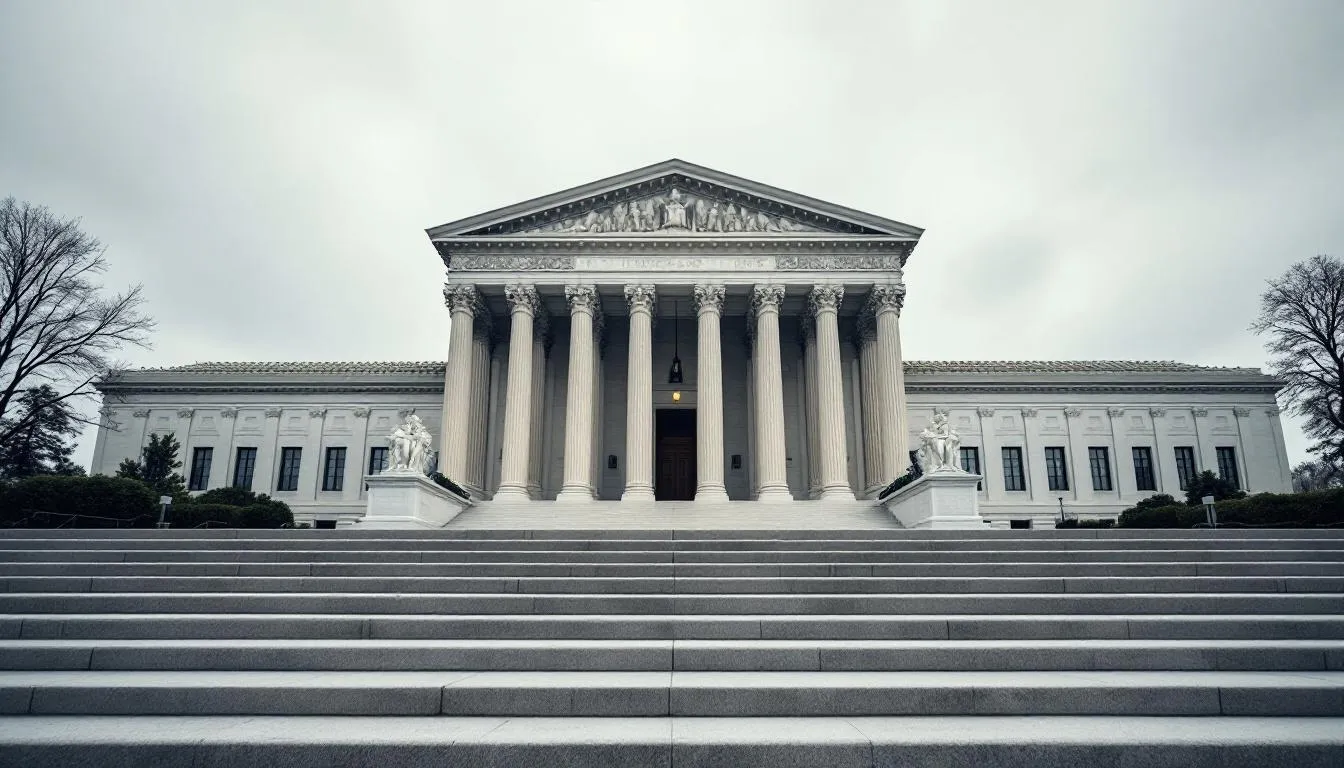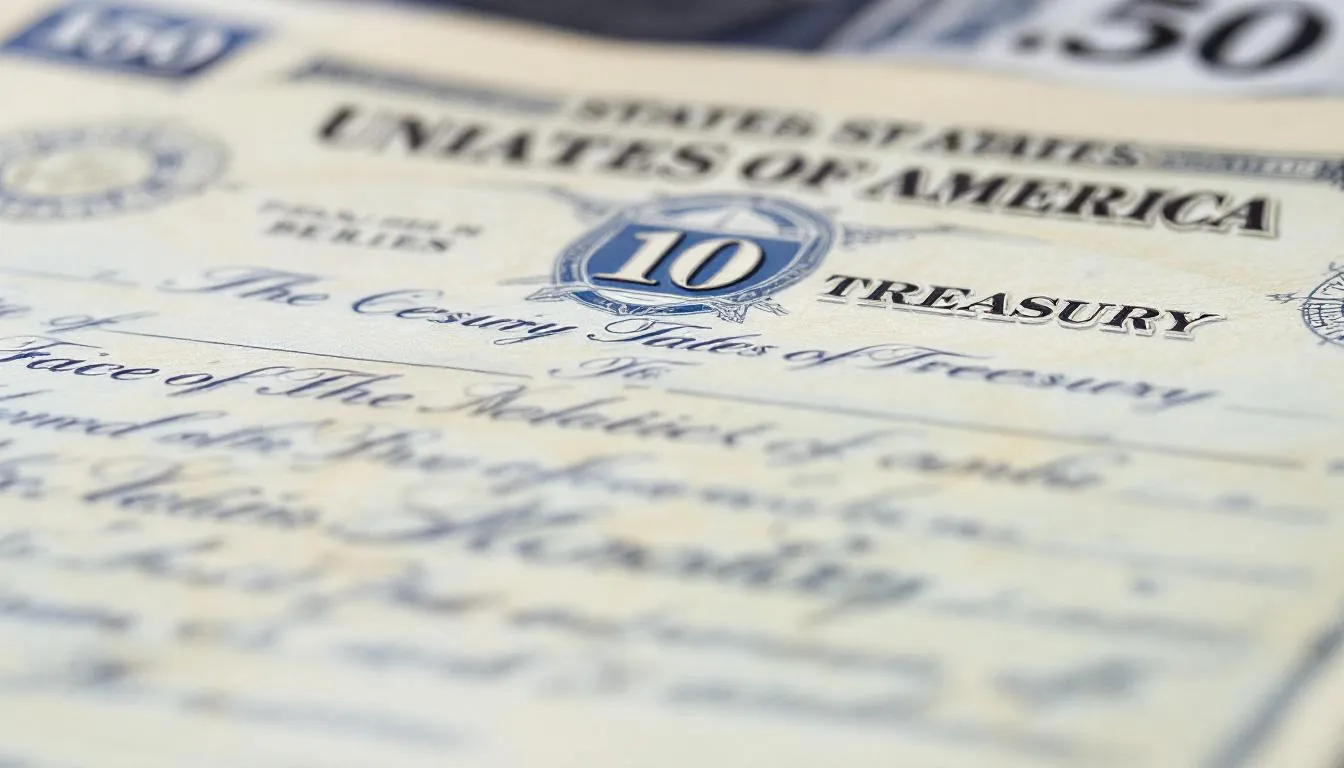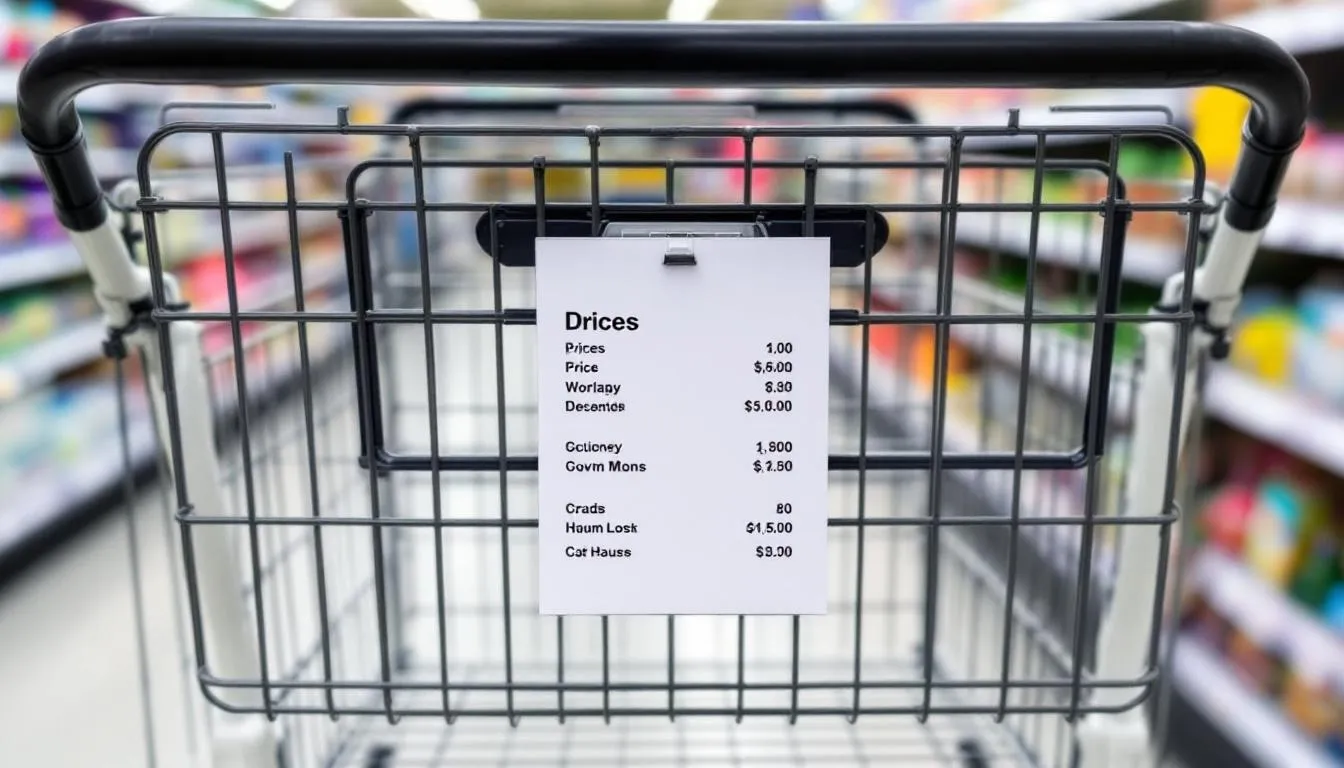- 📉 Mortgage rates in 2025 hit yearly lows, with 30-year conforming loans averaging just 6.35%.
- 📊 The upcoming CPI report is expected to show only a 0.3% increase, calming inflation fears.
- 🏦 Markets predict a nearly 97% chance of a Fed interest rate cut by late 2025.
- 🚫 A prolonged government shutdown is delaying CPI data and disrupting housing-related programs.
- 🏘️ Las Vegas homebuyers are using seller credits to effectively lower mortgage rates below 5%.
Mortgage rates in 2025 have dropped to some of the lowest levels seen this year, even as headlines talk about inflation, Federal Reserve decisions, and a government shutdown. For homebuyers and sellers—especially in changing markets like Las Vegas—knowing why rates change helps you make better real estate choices. Here's a look at why rates are going down, what to expect soon, and how you can use this when things are unclear.

Mortgage Rates in 2025: At The Edge of a Downturn
Mortgage rates are getting close to the lowest points this year for most loan types. According to HousingWire, average 30-year fixed conforming loans are at 6.35%. Jumbo loans went down to 6.22%, and FHA loans—often popular with first-time buyers—went down a bit to 6.18%. These small but important drops give buyers chances to get good loan rates, especially in competitive places like Las Vegas’ Henderson and Summerlin.
These rate drops match what most people in the market think: that inflation has hit its highest point or is slowing. This makes investors, lenders, and buyers a bit hopeful. Mortgage rates are still high compared to the early 2020s, but they are much better than they were at the start of the year. This downward movement shows several big economic signs, including bond yields going down, changes in Fed policy, and a changing job market.

Why Are Mortgage Rates Dropping in 2025?
Several main economic reasons are behind mortgage rates going down this year:
Weakening Bond Yields: The Treasuries Connection
The yield on the 10-year U.S. Treasury bond is one of the best signs for mortgage rates. This main financial guide greatly affects how lenders set prices for long-term fixed mortgage rates.
In 2025, the 10-year yield has stayed around the important 4% mark, and didn't go much higher. This shows that the market believes inflation is slowing and the Federal Reserve might stop or cut interest rates soon. Less demand for safe government bonds usually makes yields go up. But steady or falling demand points to slower inflation, and that helps mortgage rates go down.
Change in Federal Reserve Tone
Another important reason is the change in what the U.S. Federal Reserve says. After many big rate increases to fight inflation for several years, the Fed's language in 2025 has become calmer. Markets are increasingly expecting a Fed interest rate cut later in the year. Nearly 97% of market participants expect a 25 basis point cut at the next Fed meeting. So, expectations are high, and mortgage rates have changed because of it.
When the Fed hints at easier policies or rate cuts, lenders worry less about future inflation. And this makes them offer better mortgage deals. Rates start to fall even before official policy changes happen, as lenders try to get good borrowers before others.
Investor Confidence Amid Uncertainty
Even with world events, worry about a possible recession, and the U.S. government shutdown, investors have stayed calm. They see 2025 as a year where the economy slows but stays steady. This careful hope has led to less ups and downs in financial markets, including the mortgage bond market. And that helps rates stay steady or go down.

CPI Report 101: What It Means for Your Mortgage
The Consumer Price Index (CPI) is the market’s main way to measure inflation. It has a direct effect on mortgage rates. When the CPI shows more inflation than expected, mortgage rates are more likely to go up because of expected stricter Federal Reserve actions. But if inflation seems controlled, lenders feel better about offering better mortgage deals.
What to Expect from the Next CPI Report
The latest CPI report is late because of the government shutdown. But forecasts are still much the same. Bank of America analysts expect the monthly increase to be just 0.3%. Year-over-year inflation should stay around 3%, a level the Fed usually finds easier to handle. (Bank of America, 2025).
This means inflation is not at the Fed’s 2% goal, but it's also not getting out of control. A steady CPI report gives the Federal Reserve more room to decide on interest rates. And this gives mortgage lenders and buyers more trust that rates will stay steady.
CPI, Core Inflation, and Housing
It’s also good to know that the CPI includes both general inflation and "core inflation." Core inflation leaves out items that change a lot, like energy and food. Housing costs make up a big part of the core CPI calculation. This means trends in rent and homeownership costs greatly affect the index.
If housing inflation slows down as expected, this would reduce core CPI even more. This would make investors truly believe that inflation will go down over time. Good CPI numbers usually push down mortgage rates and could make the argument for a Fed rate cut stronger.

Interest Rate Cuts: The Fed’s Next Move and Its Ripple Effect
The Federal Reserve doesn’t directly set mortgage rates. But its actions greatly affects them through the wider financial system, especially by setting the federal funds rate—the rate banks lend to each other overnight.
What Market Indicators Say
As of mid-2025, the CME FedWatch Tool shows that futures traders are almost sure the Fed will lower the target rate by 0.25% at its next meeting. (CME Group, 2025) This expected move shows many believe inflation is under control and that more hikes are not needed. And it opens the door for easier money policy.
How Mortgage Lenders React
Mortgage lenders make decisions based on what they expect, not just what happens. Even before the Fed officially lowers interest rates, many lenders lower their rates because they expect it. This means mortgage shoppers can gain days or even weeks before policy announcements, especially if timed well with good economic news like CPI data.
For long-term mortgage products like 30-year fixed-rate loans, lenders consider not only current Fed policy but also long-term expectations about inflation, jobs, and how much risk people want to take.

The Government Shutdown: How It’s Quietly Affecting Mortgage Rates
As of October 2025, the U.S. government has been partially shut down for over 21 days. While this impact is mostly about office work on the surface, more serious effects are happening in the housing and mortgage industries.
Delays in Government-Backed Loan Processing
Some government agencies important for real estate deals—like the Federal Housing Administration (FHA) and National Flood Insurance Program—have been affected. This causes delays in loan approvals, inspections, and closings. This is especially true for first-time buyers who rely on loans with government help or insurance.
Uncertainty and the Bond Market
Uncertainty is bad for financial markets. Even if mortgage bond yields and Treasuries are not suddenly going up because of it, nervous investors try to protect themselves. This can lead to unsteady mortgage prices or tougher loan approvals. For now, experts like mortgage broker Adam Neft note that the shutdown hasn't yet caused a jump in mortgage rates. But that could change if the problem lasts much longer.

Bond Market Signals and Mortgage Rate Expectations
Logan Mohtashami of HousingWire said that between 65% and 75% of mortgage interest rate changes are controlled by Federal Reserve actions, not scary news. (Mohtashami, 2025) That matters because it means that real economic facts matter more than market fear.
10-Year Treasury as a Key Predictor
There's usually a similar gap between the yield on 10-year Treasury Bonds and average 30-year fixed mortgage rates. This extra amount is usually 1.5% to 2.0%. In 2025, with the 10-year Treasury bond staying around 4%, mortgage rates around 6.35% are within the normal range.
Lenders manage risk by changing this gap based on how much things change, future inflation expectations, and Fed policy. If Treasury yields go down a bit because of good CPI numbers and Fed trust, mortgage rates could do the same instead of jumping up.

Inflation Trends: Have We Turned The Corner?
Inflation—especially in housing—has had a lot of ups and downs since 2020. But there are signs the hardest part might be over. Bank of America expects inflation to stay steady at around 3% year-over-year. This is because supply chains are getting easier, wages are stable, and demand is normal.
At the same time, some pressures remain:
- New tariffs are pushing up prices for goods, including housing materials.
- Not enough workers are keeping service sector inflation high.
- Rents are still high, though not going up as fast.
But even with these factors, a slower path for overall inflation will help the Fed stay on track for careful easing. And this is good for people seeking mortgages.

Las Vegas Real Estate: Local Insights from Steve Hawks
Real estate professional Steve Hawks offers direct views into how national trends affect the Las Vegas housing market. In places like Henderson, Summerlin, and Calico Ridge, what buyers do depends a lot on how mortgage rates change.
What Buyers Are Doing Differently
Luxury buyers can handle rate changes. But buyers in the middle and lower price ranges are waiting to buy more often, or asking for sellers to pay for rate buydowns. Homes in popular areas are still selling fairly fast. But higher interest rates mean fewer bidding wars and more room to bargain.
Sellers Shift to Creative Incentives
“We’re seeing sellers more willing to negotiate financing support over cutting price,” says Hawks. This includes seller credits that help buyers afford ways to buy down rates. In some cases, this leads to actual mortgage rates below 5%.

MBA’s 2025 Affordability Forecast
In a recent statement, the Mortgage Bankers Association predicted that mortgage rates will remain under 6.5% for the rest of 2025. This gives buyers good chances to make smart financial choices. Better loan terms, with more homes for sale, are helping make homes more affordable across the country.
For Las Vegas, this means buyers have more power:
- More listings mean more power to bargain.
- Less rush allows for better inspections and conditions.
- Sellers are getting used to the new normal, often giving perks upfront.

Seller Credits and Buydowns: The Smart Money Move
One of the best financial moves in Las Vegas’s 2025 market has been smartly using seller credits to buy down interest rates on mortgages.
How It Works
Instead of reducing the home's sale price, sellers offer a lump sum—often $10,000 to $20,000—for buyers to use toward upfront points that reduce their interest rate. Basically, this allows qualified buyers to get a mortgage rate in the 4%–5% range, even when market averages are above 6%.
Who Benefits the Most
- First-time buyers who want to reduce monthly costs
- Investors wanting better returns from rental properties
- VA or FHA borrowers whose loan types allow for buying down rates
These financial moves are very strong when combined with timing the market well around Fed announcements and CPI reports.

Timing Your Las Vegas Move: Strategy Matters
Even when rates are falling, timing is everything. With the next CPI report delayed and the Fed rate decision coming up, smart buyers and agents are watching the calendar for the best times to lock in rates.
Consider These Tips:
- Watch for bond market trends in the week before each Fed meeting.
- Use seller credits to lessen rate risk when news is uncertain.
- Consider locking in when rates drop after calm CPI reports.
Steve Hawks summarizes it simply: “You want to move when there’s a window and fewer people looking—not when everyone's chasing the bottom.”

Q4 2025: What To Monitor
As we get further into 2025, here are main things to watch for:
- Two upcoming CPI reports that may show if inflation predictions are right or wrong.
- The ongoing government shutdown getting fixed—or getting worse.
- More Fed meetings where how rates might change will be talked about.
In Las Vegas, the local real estate will also depend on how homebuilders respond: Will they add many new homes to the market, or hold back, keeping prices high?
Bottom Line: Your Mortgage Game Plan for Las Vegas in 2025
The lowest point may not be here—but we’re close. Mortgage rates in 2025 are now at a good level for buyers, especially when used with smart money moves like buydowns and concessions. The Fed’s expected shift to easier policy, with slowing inflation shown in the CPI report, should help homes stay affordable.
Las Vegas buyers and sellers have a chance to get ahead—before another wave of market activity brings back competition and higher prices. Talk to a local expert, understand your timing, and make your move before the next inflation surprise or Fed signal pushes mortgage rates a new way.
Citations
Bank of America. (2025). U.S. Economic Outlook. [Analyst report summary predicting CPI to rise 0.3% MoM, with YoY stable around 3%.]
CME Group. (2025). FedWatch Tool: Market forecasts for future Fed rate changes. Retrieved from https://www.cmegroup.com/markets/interest-rates/cme-fedwatch-tool.html
Mortgage Bankers Association. (2025). Statement on Mortgage Market Conditions. Quoted by Bob Broeksmit on expected affordability with rates below 6.5%.
Mohtashami, L. (2025). Commentary on bond yields and mortgage rate structure. HousingWire. Quoted: “65% to 75% of where the 10-year yield and 30-year mortgage rate can go is still determined by Fed policy.”

